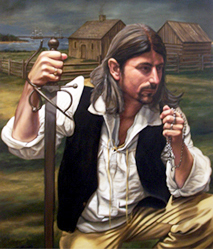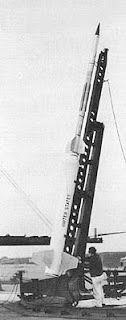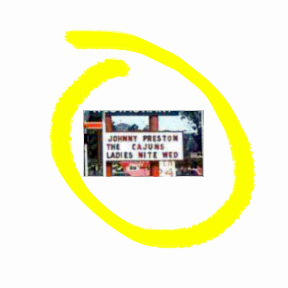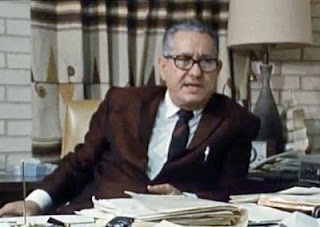In June 2011 fire destroyed a three-story Masonic lodge in downtown New Iberia, leaving a vacant lot along Main Street. Although I drove past this site for years, it wasn’t until the lodge’s destruction that I noticed an old advertisement painted on the neighboring brick building — an advertisement whose existence had been hidden by the former lodge building.
The faded advertisement read: Bull Durham.
| Image may be NSFW. Clik here to view.  |
| The remains of a Bull Durham Smoking Tobacco ad on a New Iberia building, 2012. Parts of the words "Genuine" and "Smoking" are still visible above and below the brand name. (Photo by the author) |
No, not the 1988 movie featuring Kevin Costner, but a tobacco company and brand based in Durham, North Carolina. The National Park Service, which has recognized the Bull Durham tobacco factory (also called the W. T. Blackwell and Company tobacco factory) for its historical importance, has referred to Bull Durham tobacco as “the first truly national tobacco brand” and “a part of American industrial history and folklore.”
In a larger context, the barely visible advertisement is an example of what historians, architects, and others refer to as a palimpsest.
| Image may be NSFW. Clik here to view.  |
| A Bull Durham advertising poster, 1910 (Source: Duke University per UNC-Chapel Hill) |
The word palimpsest descends from the Latin palimpsestus, which in turn comes from the Greek palimpsēstos, meaning “scraped again.” This refers to the ancient practice of scraping the writing off a piece of parchment or vellum so that it might be reused.
Likewise, the remains of old painted advertisements are referred to as palimpsests because of their resemblance to old, scraped manuscripts that here and there, beneath their surfaces, reveal traces of earlier words.
| Image may be NSFW. Clik here to view.  |
| Palimpsests for N. J. Breaux's furniture and appliance store, New Iberia, La., 2012. (Photo by the author) |
A look around New Iberia revealed other palimpsests, such as that for N. J. Breaux’s furniture and appliance store. Despite its timeworn appearance, the Breaux advertisement cannot be that old because it refers to “Television,” which only became a common appliance after World War II and particularly after 1950. Indeed, as I point out in my book The Cajuns: Americanization of a People, in 1950 less than 1 percent of households in rural and small-town south Louisiana had television; but by 1960 the percentage had jumped to about 80 percent — an amazing increase in only a decade.
| Image may be NSFW. Clik here to view.  |
| More palimpsests in New Iberia, 2012. (Photo by author) |
Addendum of 22 February 2012:
The below images are unrelated to the subject of palimpsests, but I post them here because they nonetheless relate to the history of downtown New Iberia.
These are two sets of "Then and Now" photographs, showing the New Iberia railroad station (taken ca. 1905) and the early twentieth-century site of Taylor's Drug Store (also taken ca. 1905).
The original railroad station image was taken on July 4th (thus the large crowd with an American flag).
Note the upstairs windows in the original drugstore image; the words painted on them read "Dr. Fulton" and "X-Ray."
Addendum of 20 July 2012
Here's a neat palimpsest from farther up the Teche at St. Martinville:
The below images are unrelated to the subject of palimpsests, but I post them here because they nonetheless relate to the history of downtown New Iberia.
These are two sets of "Then and Now" photographs, showing the New Iberia railroad station (taken ca. 1905) and the early twentieth-century site of Taylor's Drug Store (also taken ca. 1905).
| Image may be NSFW. Clik here to view.  |
| The New Iberia railroad station, ca. 1905 and 2012. (B&W photo courtesy of the Avery Island, Inc., Archives; color photo by the author.) |
| Image may be NSFW. Clik here to view.  |
| Taylor's drug store in New Iberia, ca. 1905 and 2012. (B&W photo courtesy of the Avery Island, Inc., Archives; color photo by the author.) |
The original railroad station image was taken on July 4th (thus the large crowd with an American flag).
Note the upstairs windows in the original drugstore image; the words painted on them read "Dr. Fulton" and "X-Ray."
Addendum of 20 July 2012
Here's a neat palimpsest from farther up the Teche at St. Martinville:
| Image may be NSFW. Clik here to view.  |
| Old Coca-Cola advertisement on brick wall in St. Martinville, La. (Photo by the author) |
















+SMALL.jpg)
























































.jpg)

.jpg)
.jpg)





.png)




















